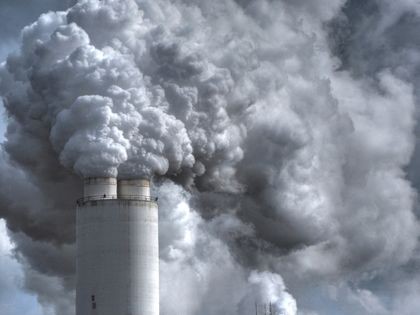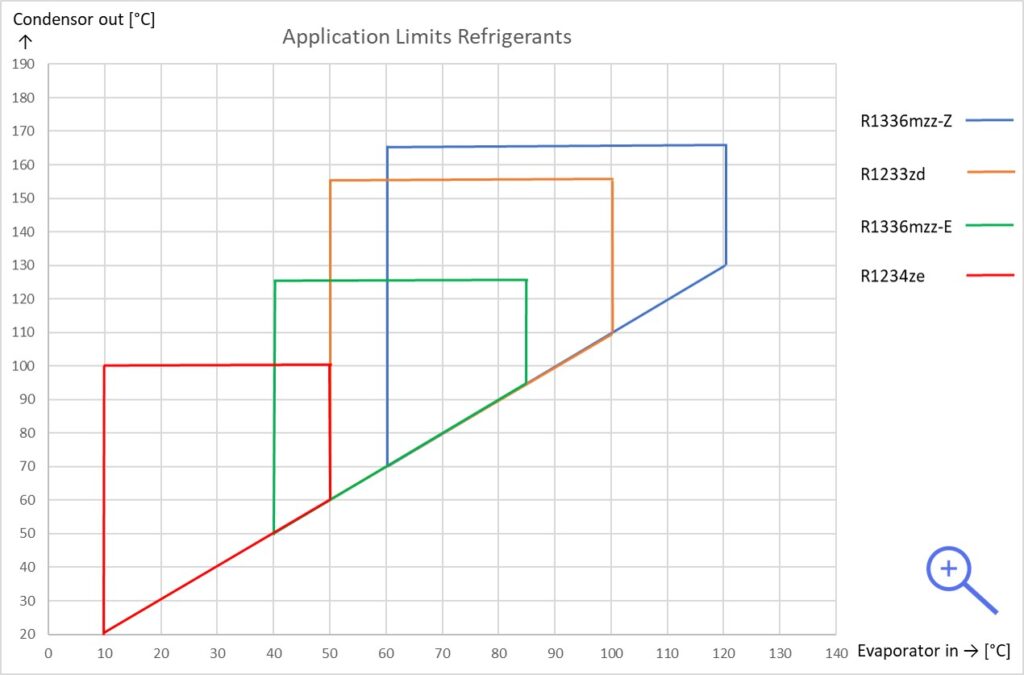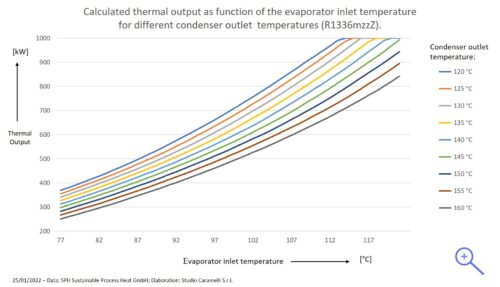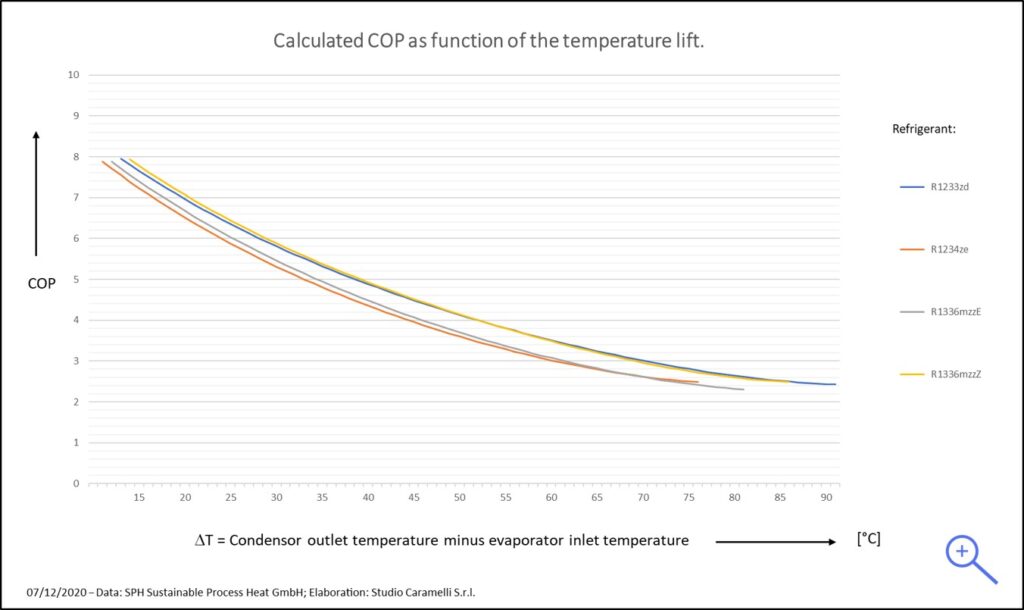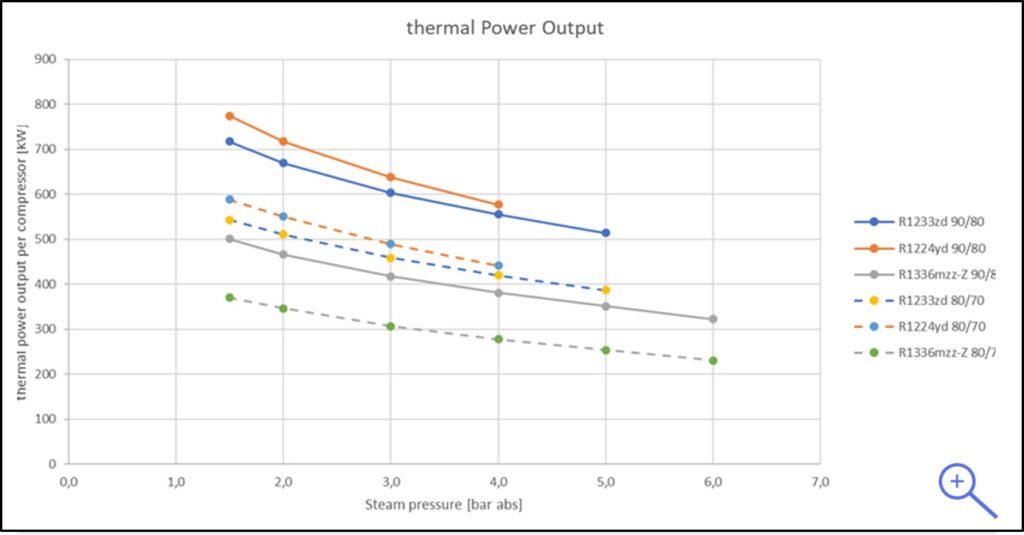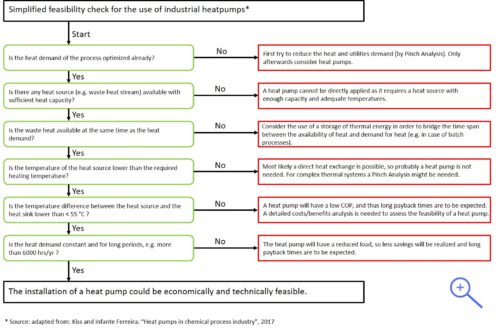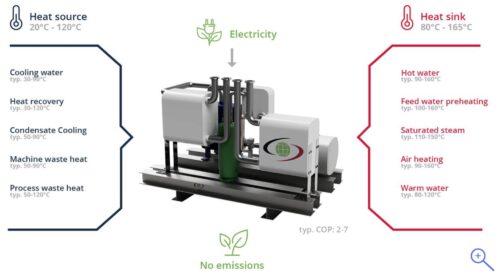industrial heat pumps
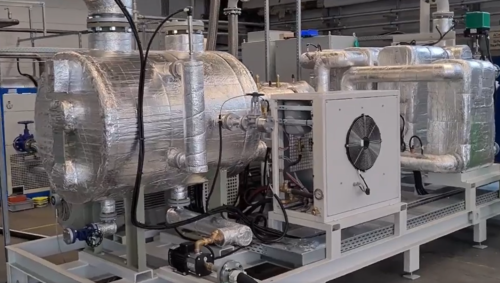
a high temperature heat pump for industrial purposes
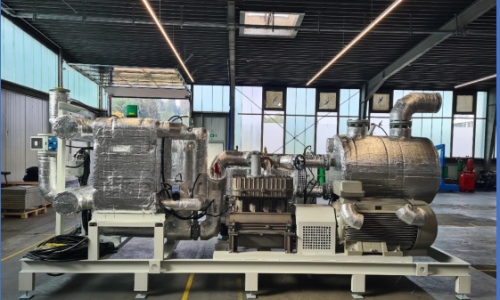
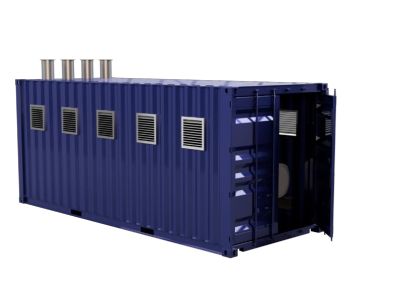
The global demand for industrial heat between 100 and 200 °C is currently around 6,500 TWh per year and represents about 4% of the total global energy consumption. It is expected that this number will increase by 20% by 2030*. An overview of industrial processes using thermal energy and the temperature levels involved is available here.
Currently over 80% of this heat is produced by fossil fuels, which emit millions of tons of CO2 into the atmosphere, with very serious consequences for the climate.
Replacing fossil fuels with renewable energy sources implies in most cases, using electricity for thermal processes. Therefore, many industrial sectors will have to electrify the production of thermal energy if they want to reduce substantially the environmental impact of their activity.
A heat pump is the most efficient way to convert electrical energy into thermal energy.
Until now, heat pumps for industrial purposes were unable to produce heat with temperatures higher than 80-90 ° C, while a large part of the demand for thermal energy in industry is between 100 and 200 ° C. To solve this problem, SPH Sustainable Process Heat GmbH has developed the ThermBooster™, a heat pump capable of producing heat with temperatures up to 165 °C. In the future, this temperature level can be increased to over 200 °C.
The heart of this machine is a piston compressor, derived from the automotive sector, developed specifically for this purpose and which uses innovative refrigerants.
Download the technical data sheet
further insights into heat pumps
* Source: IEA: “World Energy Outlook 2017”
range of application
the thermal output
The thermal output of the heat pump depends on the evaporator temperature and the temperature difference between the evaporator and the condenser, as shown in the graph on the left. So one should always look for waste heat with the highest possible temperature as heat source for the evaporator in order to obtain the best performance of the heat pump.
the COP
The COP (Coefficient of Performance) gives the ratio between the thermal energy produced by the heat pump and the electrical energy used by the compressor. The COP depends on the temperature difference between the evaporator and the condenser, as shown in the graph on the right.
This is a typical feature of any heat pump which makes that its performance is strongly dependent on the thermal system to which it should supply the heat produced. Therefore, in order to assess the technical/economic feasibility of using such a machine for a certain application, one should always include the system to which the thermal energy will be supplied, into account. In many cases it will be necessary to optimize this system in order to obtain the best results. (see also here)
steam production
On request, the ThermBooster™ can be supplied with a condenser capable of producing steam. So there is no need to have a separate steam generator and a heat transfer loop to couple it to the heat pump. In this way, by avoiding a separate steam generator (less costs!) one can obtain higher steam pressures while maintaining the performance of the heat pump at the same level (COP and heat output). The graph on the left shows the steam production of the ThermBooster™ for a range of operating conditions.
the benefits of the ThermBooster™
The use of the ThermBooster™ in an industrial setting will bring many advantages:
- economic benefits: lower operating costs for the plant,
- reduction of the environmental impact: a reduction of primary energy consumption will bring less GHG emissions,
- waste heat recovery: the possibility to recover thermal energy in cases where this was not possible until now because of incompatible temperature levels,
- incentives: in Italy there are government incentives for investments in this technology (white certificates),
- energy supply: less dependence on fossil fuels and their fluctuating costs; an electrical heat pump can easily be powered by a PV installation (also partially),
- ease of plant operation: quick and easy start & stop, without significant loss of efficiency,
- simple output control: the compressor speed is controlled by an inverter and the heat output can be stepless adjusted between 30% and 100% of the rated output power,
- service costs: little maintenance costs. As a rule of thumb the yearly maintenance costs will be around 2,5 % of the investment costs (this will also cover the overhaul of the compressor every 40.000 hrs of operation),
- electrification: a heat pump is the most efficient method to use electricity for the production of thermal energy and is therefore the best road for the electrification of thermal processes,
- steam production: clean and simple method to produce steam without a combustion process; can produce also “white steam” for sterilization,
- local emissions: no on-site emissions are produced and is therefore the best source of thermal energy to be used in city centers or in protected natural areas,
- remote locations: the electrical heat pump is an ideal heat generator in locations not reached by the network of natural gas, e.g. certain alpine areas, islands, etc. ,
- grid stabilization: operating a heat pump in combination with a thermal storage devices can take advantage of moments when the supply of electrical energy is high (and the costs are low) while using the heat later on when needed by the customer. This can help to stabilize the network through “sector coupling” and “peak shifting”.
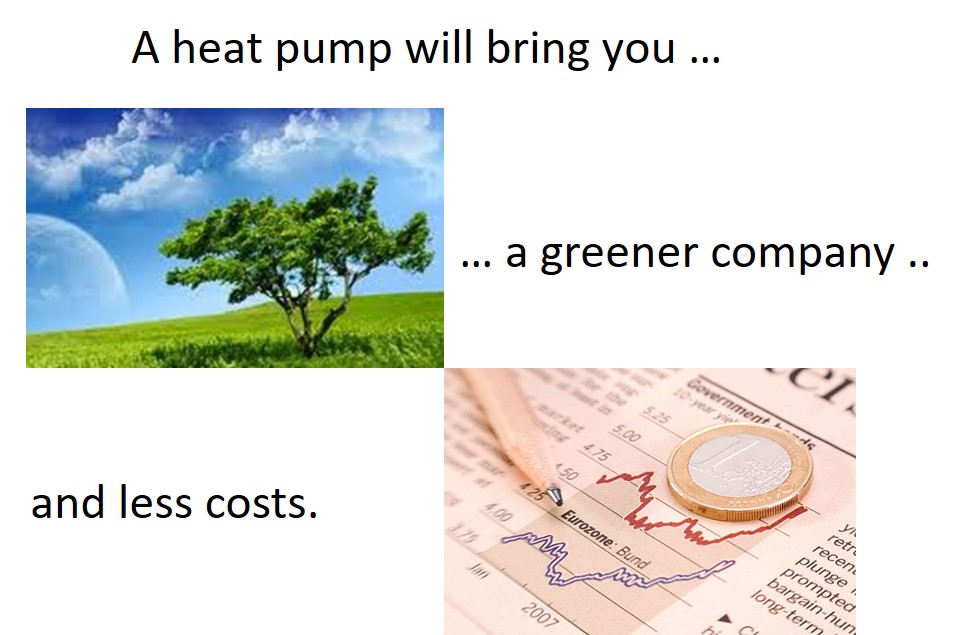
Feasibility
applications
The ThermBooster™ can be used in many different applications as illustrated in the figure on the right. Obviously, there must be a need for thermal energy in the temperature range compatible with the operating range of the heat pump. At the same time there must be sufficient waste heat available at the right temperature, which should be supplied to the evaporator.
The figure on the right shows some examples of possible sources of waste energy (Heat source) and of possible applications for the heat produced (Heat sink).
environmental aspects
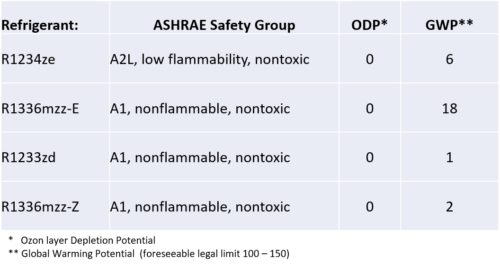
Besides the economic benefits, the use of a heat pump is justified by a more efficient use of energy and the possibility of using electricity to produce thermal energy in a very efficient way. In other words, an important driving force behind use of heat pumps, in industry or for the heating and cooling of buildings, is to reduce the environmental impact of the use of energy. Therefore during the development of the ThermBooster™ particular attention was given to environmental aspects of the refrigerants. The main parameters related to the environmental impact of the refrigerants are listed in the table on the left. The same table also shows the data relating to their safety. From the data it is clear that for both issues, the parameters are largely within the current and foreseeable legal limits.
the reduction of greenhouse gas emissions
As mentioned above, in addition to the economic advantages, an important reason for using electric heat pumps for the production of thermal energy, is the fact that these machines, if used correctly, contribute to the reduction of greenhouse gas emissions.
To calculate the amount of this contribution, it is necessary to know how much CO2 is released into the atmosphere on average for the production of 1 kWh of electric energy supplied by the grid. This is expressed by the CO2 Emission Factor for electricity generation. In Italy this value is established every year by ISPRA (Italian Institute for Environmental Protection and Research). For 2019 the value of this parameter is equal to 0,276 [kg/kWh]. Thanks to the increasing contribution of renewable electricity production, the Emission Factor decreases from year to year.
A typical application of a ThermBooster™ (the Base Case), in Italy, would lead to an annual reduction in CO2 emissions of 567 [t], when compared to a heat generator using natural gas. This means a reduction of 70%.
